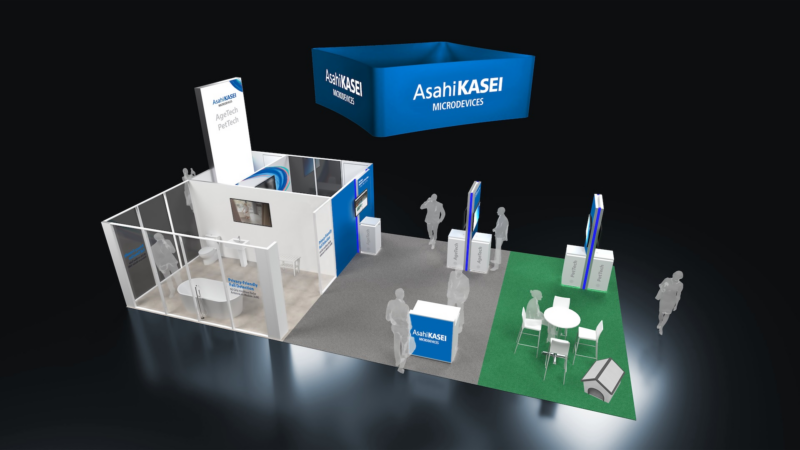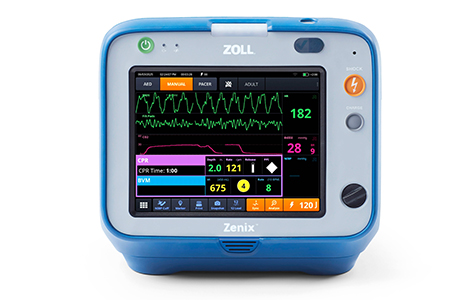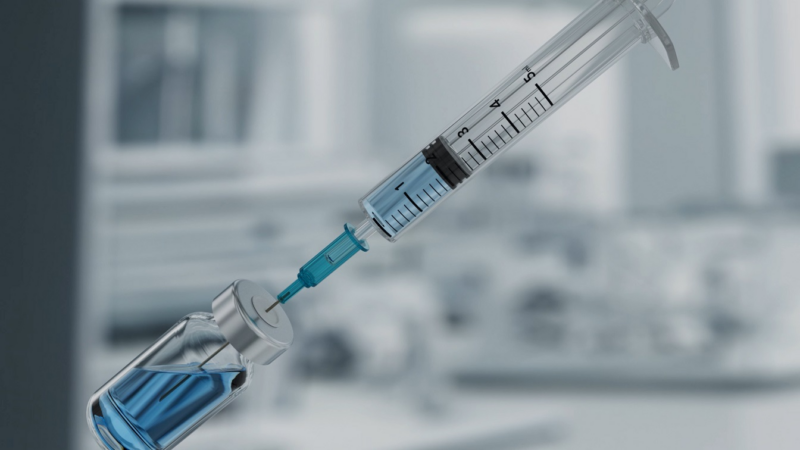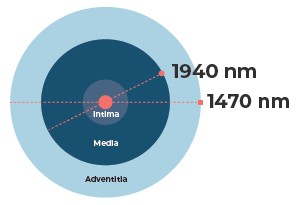(Vienna, December 14, 2018) Patient and Public Involvement and Engagement is defined as a dynamic core democratic principle where people affected by clinical interventions and research studies have the right to have a say in how they are treated and what and how research is undertaken. It is a close working collaboration between health professionals, patients and the public. By introducing patients and public opinions and inputs we immediately have two different viewpoints – the health professionals“ goal of furthering their professional outlook and the patients“ and public practical understanding of their condition and needs. However, little evidence of this trend is seen regarding patient and public involvement in nuclear medicine.
There is a moral argument for patient and public involvement at all levels of research and therapy delivery within nuclear medicine. It therefore follows that decisions over research and therapy services includes those who it affects most. Because of patients“ direct experiences of using nuclear medicine, they have a unique insight into what works for them and what improvements are needed, and should therefore have a voice in developing research and therapy service delivery, including agenda setting, study design, development of patient literature, communication, and ethics etc. Such Involvement in nuclear medicine will lead to enhanced quality of care, improved quality of life and improved outcomes for patients.
Researchers and patient facing staff listening to patient experiences and exchanging information jointly can shape and prioritise the future of nuclear medicine research and clinical management. It is through open and transparent dialogue between patients and health professionals that the patient perspective becomes an integral part of how research and therapies are developed and delivered.
An example of integrated patient and public involvement is a nuclear medicine study at the Institute of Cancer Research in London ( https://www.icr.ac.uk/), investigating dosimetry, to measure low radiation doses from nuclear medicine scanning. There is currently little information and understanding of the effects of patient exposure to low levels of radiation. The initial question was discussed with a patient and public involvement panel, who not only prioritised the study, but shaped the design, developed the funding application, Patient Information Sheets, consent forms, and patient recruitment. A patient member of the panel acted as a live phantom to test the studies standard operating procedures of the various SPECT and PET/CT procedures, before the introduction of recruited patient participants. As the study progressed, the patient and public work scope developed to include, patient recruitment, dissemination of findings, data collection, and attendance at monthly steering group meetings, thereby providing total integration with the study team throughout the life of the study.
Nuclear medicine has seen an evolution in theranostics, a concept which involves both the diagnostic and therapeutics, initiating patient tailored treatments, reducing multi-step procedures, reducing delays in treatment and improving patient care.Nuclear medicine and molecular imaging will expand its role in early diagnosis and treatment of diseases becoming a driving force in personalized medicine using theranostic concepts.
Theranostics is low on public awareness. Reducing public concern about emerging therapies can only be overcome by raising public awareness and involving patients and the public in the pre-delivery process.
Patients‘ awareness of medical imaging was lowest in their understanding of nuclear medicine examinations. 22% of patients said they knew the definition of ionizing radiation (78% didn“t know), 35% stated that CT used it, 30% said MRI used it, 41% incorrectly identified sterility as a risk, 21 % incorrectly identified acute radiation sickness as a risk, 39% of patients indicated that all of these medical imaging tests use ionizing radiation and an equal percent said none of these tests use ionizing radiation. Of patients who claim to understand ionizing radiation, 48% incorrectly stated MRI uses it.
This information reveals the low level of health literacy and patient and public awareness of nuclear medicine and the importance of future patient involvement and collaborations. The objective now must be to increase awareness of patient and public involvement within the nuclear medicine research and therapeutics community and involve patients and the public in nuclear medicine studies and therapy improvements. The European Association of Nuclear Medicine (EANM) is strongly commited to involving and engaging patients and the public in the rapidly expanding field of nuclear medicine, creating collaborations with patient and public contributors as decision making partnerships and co-creators in research and delivery of therapies.
Presseagentur für Medizinthemen
Contact
impressum health & science communication
Frank von Spee
Hohe Brücke 1
20459 Hamburg
Phone: 040 31786410
E-Mail: vonspee@impressum.de
Url: http://www.impressum.de






